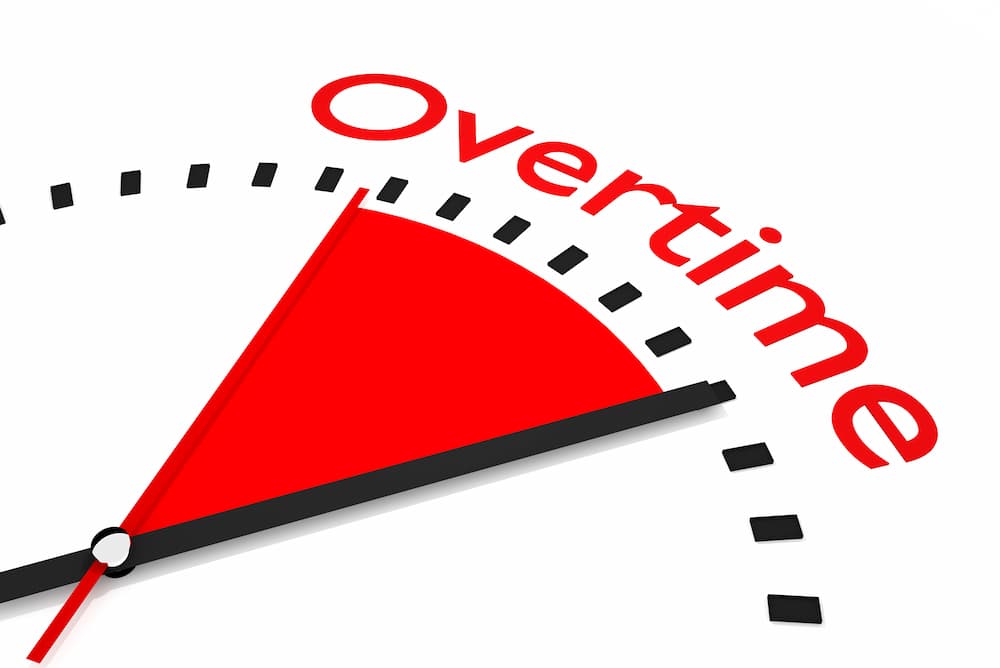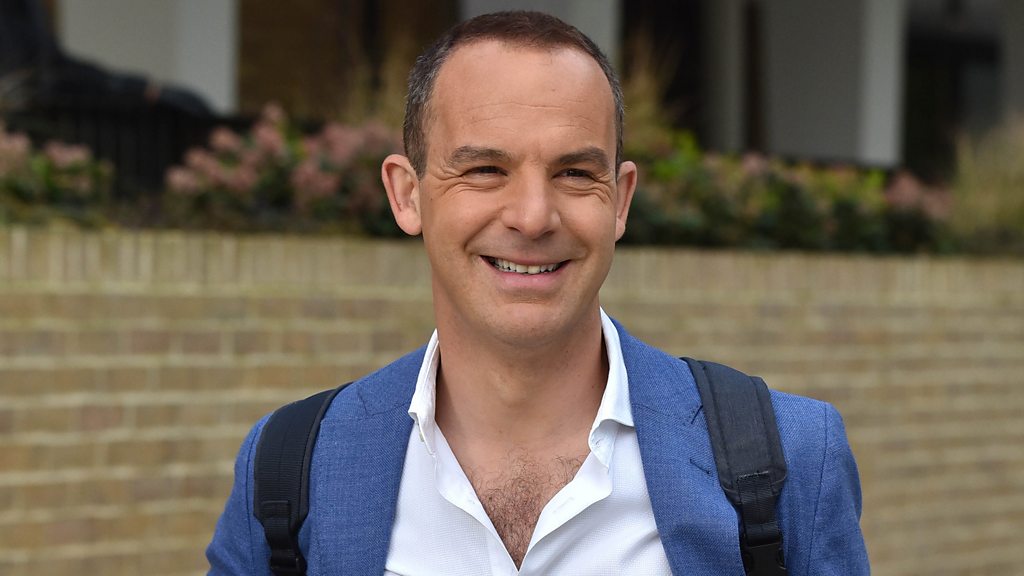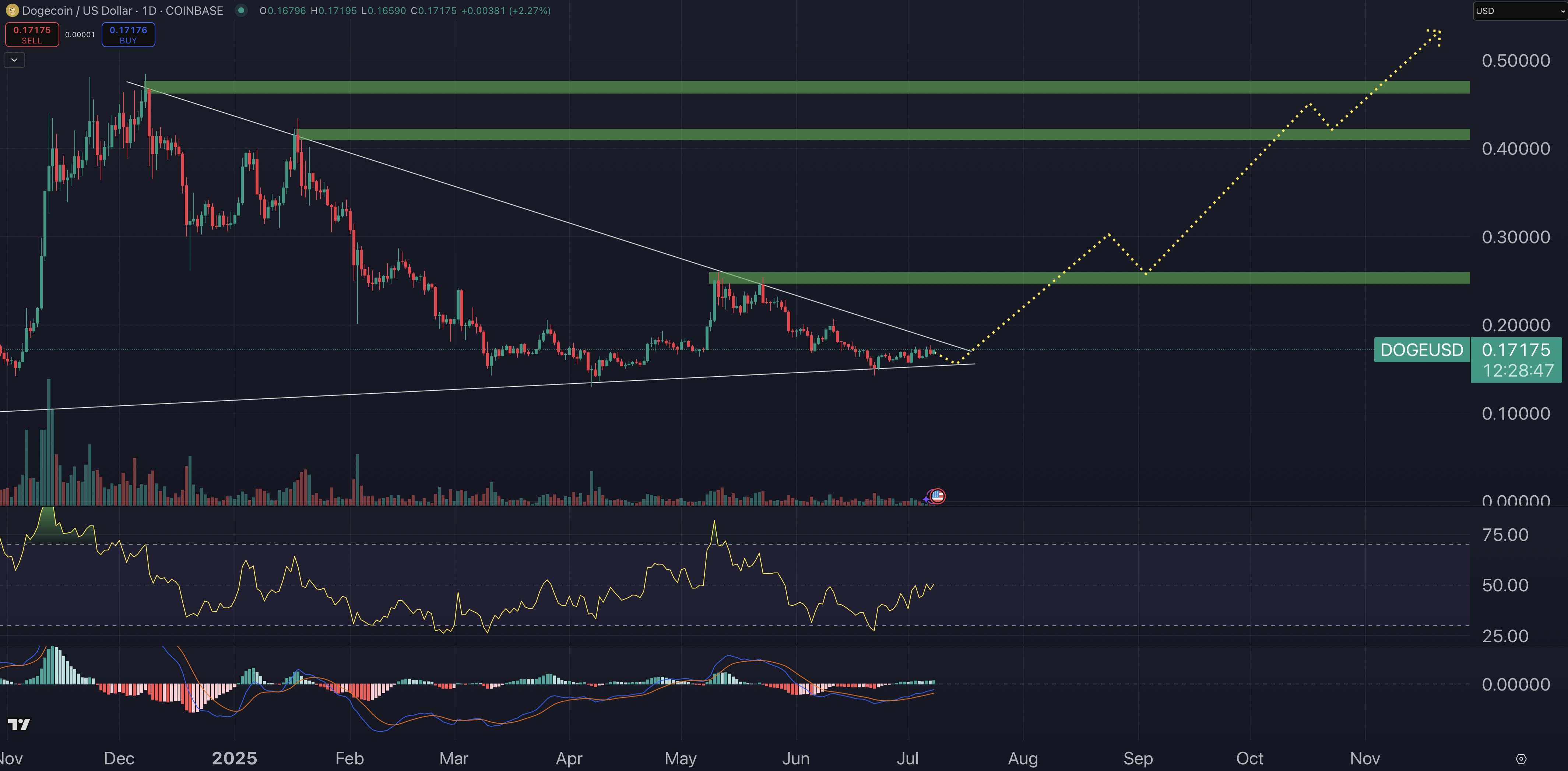Unlock the Editor’s Digest for free
Roula Khalaf, Editor of the FT, selects her favourite stories in this weekly newsletter.
One of the world’s largest sailing superyachts sank in high winds off Sicily on Monday, causing the death of UK tech entrepreneur Mike Lynch and five other passengers and crew, with one person still missing on Thursday.
The trip on the Lynch family’s yacht had been intended to celebrate his recent acquittal by a US jury, with 12 passengers on board, including his wife and 18-year-old daughter, and 10 crew members.
The Italian coastguard said the 56-metre, 540-tonne, British-flagged yacht Bayesian sank within minutes after it was hit by ferocious winds of 60 knots (over 110km/h) near Palermo.
The rapid sinking of such a large, modern and well-equipped yacht due to bad weather, rather than as a result of a collision, has raised concerns over marine safety as extreme weather events occur with more frequency and intensity.
Why did the superyacht sink?
The yacht may well have been caught in a waterspout — a form of tornado — because the extreme wind speeds were recorded only in a localised area around the harbour of Porticello, where the boat was anchored about 300 metres offshore when it was struck.
Karsten Borner, the skipper of a nearby boat, told reporters he used his motor to maintain control of his own vessel and to avoid a collision with Bayesian when the weather hit. Bayesian “went flat [with the mast] on the water, and then went down”, he told Reuters.
His comment suggests that it could have been the combination of high winds and Bayesian’s 72-metre mast — the world’s tallest aluminium mast, according to manufacturers Perini Navi — that triggered the disaster.

Even with no sails up, a boat with a tall mast has a lot of “windage”, or surface area exposed to the wind, which can tip the vessel over in a storm. The boat may have heeled over so far that it took on water through open windows, hatches or companionways.
According to Perini Navi, Bayesian had a keel that can be lifted to reduce the draught of the boat — otherwise nearly 10 metres — for easier entrance to shallow harbours. If the keel were for some reason in the raised position rather than fully extended, that could compromise the boat’s stability in a strong wind.
Skippers of sailing yachts with exceptionally high masts typically aim to move out of harm’s way if strong winds are forecast.
Yacht designers and sailors are nevertheless puzzled by the sinking of the boat. AIS (Automatic Identification System) tracking data shows it took 16 minutes from the time Bayesian started dragging its anchor until it sank. But it is not yet known whether vulnerable hatches were open, when water started entering the boat, or why the crew do not seem to have issued a Mayday distress call.
Giovanni Costantino, chief executive of Italian Sea Group, which owns Perini Navi, told the Financial Times that the Bayesian was “absolutely safe” and said the crew should have had time to secure the boat and evacuate passengers from their cabins.
Should we blame climate change?
Climate change is likely to have been at least a contributing factor in the Mediterranean’s unsettled and sometimes violent weather this summer. The Mediterranean is a favoured cruising ground for superyachts during the northern hemisphere summer — in winter, the wealthy prefer the Caribbean or the Indian Ocean — because the weather is typically warm and sunny, and storms are rare.
Meteorological experts have long predicted that climate change and the heating-up of oceans will help trigger more extreme weather events, including floods, droughts and more severe hurricanes.
Last Thursday, the Mediterranean reached a median temperature of 28.9C — its highest surface temperature on record — and similar records are being broken in other seas. June was the 15th consecutive month that global sea temperatures hit a record high and forecasters predict the warmer waters may fuel an intense Atlantic hurricane season.
Will disasters at sea occur more often?
While design improvements and safety regulations have made even the smallest boats safer, the potential dangers posed by bad weather are increasing in line with the rising number of pleasure vessels at sea.
Last week, a sudden and exceptionally strong thunderstorm with wind squalls blowing at up to 53 knots (about 100km/h) swept over the Balearic Islands of Ibiza and Formentera, driving several sailing and motor yachts to crash on to the shore. Among those damaged and grounded but later recovered was a luxury, 30-metre vessel made by the Monaco-based Wally Yachts.
The cause was a thunderstorm known as a “Dana”, a Spanish acronym for depresión aislada en niveles altos or isolated high-altitude depression. The bad weather also caused serious flooding in Mallorca and Menorca to the north.
How can boat makers and skippers help avoid more deaths?
The weather in the Mediterranean is often notoriously unpredictable and prone to sudden, unforecast gales — unlike the north Atlantic, where weather shifts are usually signalled days in advance by changing air pressure and cloud formations visible to the naked eye.
Safety at sea depends largely on two factors: the seaworthiness of the boat and the skill and experience of the captain and crew.

Modern boats — Bayesian was built in 2008 and refurbished four years ago — are normally built to high safety standards and equipped with electronic navigation and communications systems, as well as standard emergency gear such as life vests.
Common accidents include people falling overboard, fires on board and accidental groundings or collisions — not sinking in bad weather.
The Italian coastguard said on Wednesday that divers searching the wreck found it on the seabed on its starboard side with the mast intact and no breaches visible in the hull, which contradicts speculation that a catastrophic mast failure could have punched a big hole in the boat.
In the words of one coastguard officer, Bayesian’s holidaymakers and crew were just “in the wrong place at the wrong time”.
Visual and data team: Alan Smith, Aditi Bhandhari, Ian Bott and Jana Tauschinski
Credit: Source link











